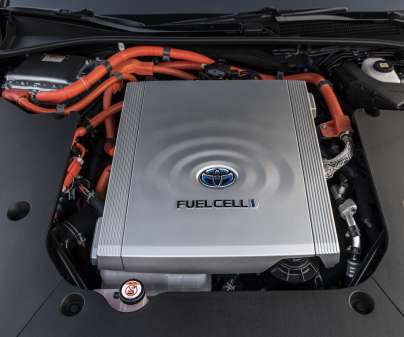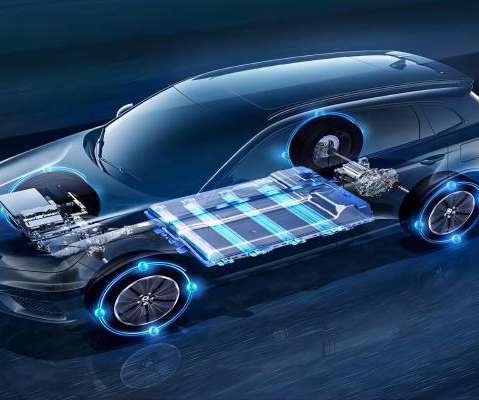Industry study finds lead-acid to remain most wide-spread automotive energy storage for foreseeable future; new chemistries continue to grow
Green Car Congress
MAY 28, 2014
Hybrid vehicles , including advanced micro-hybrid, mild-hybrid and full-hybrid vehicles rely on the battery to play a more active role, with the energy stored from braking used to boost the vehicle’s acceleration. In full-hybrid vehicles, the stored energy is also used for a certain range of electric driving.














Let's personalize your content